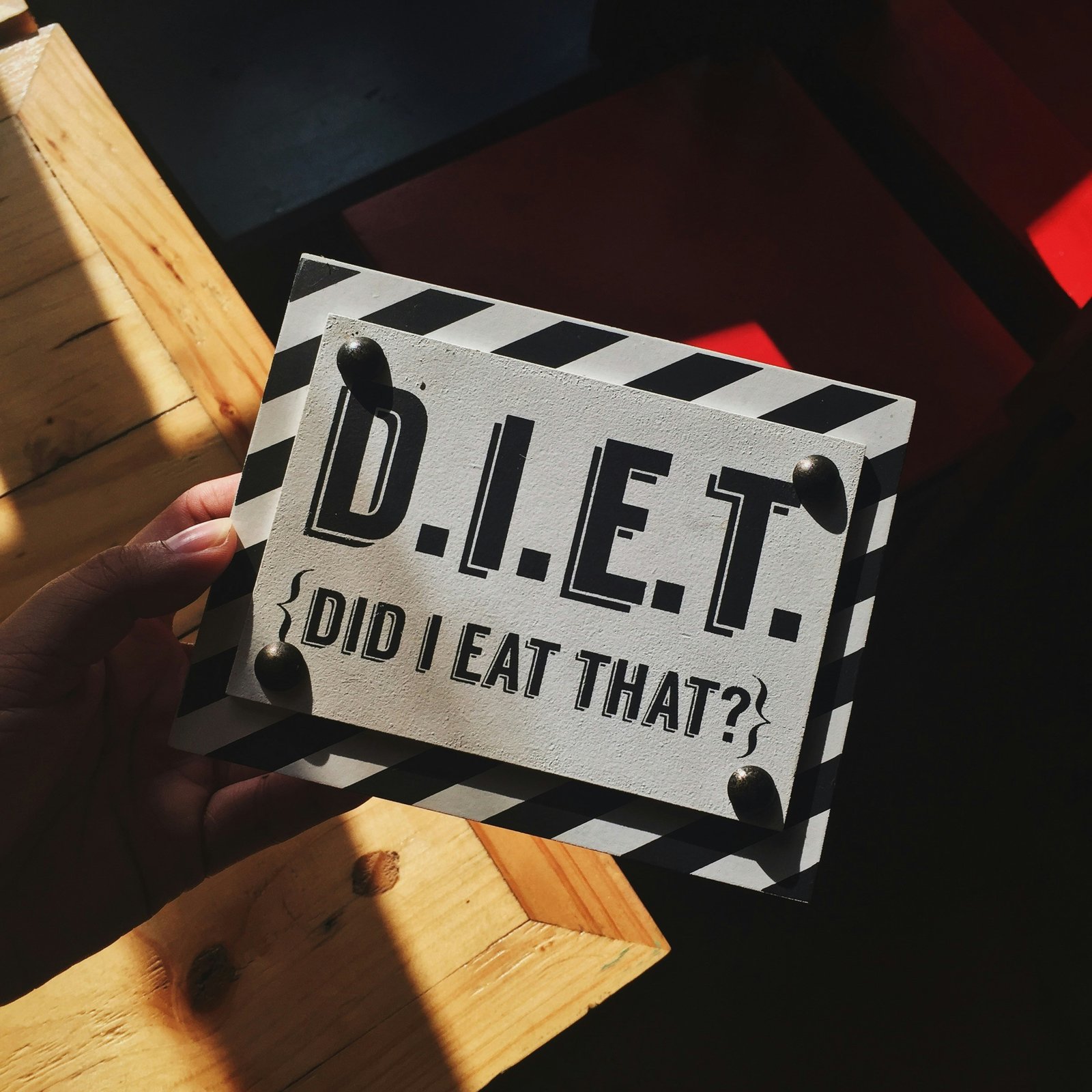Gluten-Free Diets: A Lifestyle Choice or a Necessity?
In the bustling aisles of our local supermarkets, one might notice an increasing number of products labeled ‘gluten-free’.
Similar is the case with today’s culinary landscape, the term “gluten-free” is ubiquitous, adorning menus and product labels alike.
Is this trend just a fad or a reflection of the growing awareness and necessity of gluten-free diets for a significant portion of the population.
Behind this dietary trend lies a complex web of scientific understanding, health considerations, and personal choices.
Let’s understand that, shall we?
What is Gluten?
Gluten is a protein composite found in certain grains, predominantly wheat, barley, and rye, as well as their derivatives.
It is composed of two main proteins: glutenin and gliadin.
When these proteins are mixed with water, they form a sticky, elastic network that gives dough its characteristic stretchiness and helps trap gas bubbles produced by yeast or other leavening agents, resulting in the rise of baked goods.
This unique property of gluten makes it an essential ingredient in many staple foods, such as bread, pasta, cereal, and baked goods. It provides structure and texture to these products, contributing to their chewiness and elasticity.
However, for individuals with gluten-related disorders, this seemingly harmless protein can cause serious health issues. These conditions include celiac disease, wheat allergy, and non-celiac gluten sensitivity. In such cases, the immune system reacts negatively to gluten, causing inflammation and damage to the lining of the small intestine, leading to a range of symptoms and health complications.
“For individuals without gluten-related disorders,
However, the popularity of gluten-free diets has surged in recent years, driven by perceived health benefits and dietary trends. As a result, many food products now feature gluten-free alternatives, catering to the diverse dietary preferences and health needs of consumers.
Gluten Intolerance and Celiac Disease
Gluten intolerance, also known as non-celiac gluten sensitivity, and celiac disease are conditions where the body reacts negatively to gluten. Symptoms can range from mild discomfort, like bloating and fatigue, to severe health complications such as malnutrition and intestinal damage, especially in the case of celiac disease.
According to the Celiac Disease Foundation, celiac disease affects 1 in 100 people worldwide.
Gluten-Free Diet
A gluten-free diet involves excluding all foods that contain gluten. This means saying no to many types of bread, pasta, cereals, and even some sauces and snacks.
However, it also opens up a range of other nutritious foods like fruits, vegetables, meats, dairy, and grains like rice and quinoa.
For those with gluten intolerance or celiac disease, a gluten-free diet is not a choice but a necessity.
Gluten-Free as a Lifestyle Choice
Interestingly, a growing number of people without gluten intolerance or celiac disease are also opting for a gluten-free diet. Some believe it leads to weight loss, increased energy, and overall improved health.
However, scientific evidence to support these claims is mixed, and many experts argue that a gluten-free diet is not healthier for the general population.
The Art of Meal Planning: 5 Tips for Eating Well on a Budget (aneyeongaia.com)
Challenges and Considerations
Adopting a gluten-free diet is not without its challenges.
It requires careful reading of food labels, as gluten can be hidden in unexpected places, like salad dressings and soy sauce. There’s also the risk of nutritional deficiencies, as many gluten-containing foods are fortified with vitamins and minerals.
Adopting a gluten-free diet can be a significant change and comes with its own set of challenges and considerations:
- Limited Food Choices: Gluten is found in many foods, especially processed ones. This can limit the variety of foods you can eat and make dining out or eating at social events challenging.
- Risk of Nutrient Deficiencies: Many gluten-containing foods are fortified with vitamins and minerals. When you eliminate these from your diet, you may need to find new sources of these nutrients.
- Higher Grocery Bills: Gluten-free products often cost more than their gluten-containing counterparts.
- Difficulty in Finding Gluten-Free Foods: Not all supermarkets or restaurants offer gluten-free options, which can make shopping and dining out more difficult.
- Risk of Cross-Contamination: Even trace amounts of gluten can cause symptoms in people with celiac disease. Cross-contamination can occur in shared cooking areas or utensils.
- Need for Constant Vigilance: Reading food labels becomes a necessity as gluten can be hidden in unexpected places, like salad dressings, soy sauce, and even some medications or supplements.
Before starting a gluten-free diet, it’s important to consult with a healthcare professional. They can provide guidance and resources to help ensure your diet is balanced and nutritious. It’s also beneficial to seek support from others who are also following a gluten-free diet, as they can offer advice, empathy, and practical tips.
Therefore, it’s crucial to consult with a healthcare professional before starting a gluten-free diet.
How to go Gluten-Free?
Step 1. Identify Naturally Gluten-Free Foods at Home
Before investing in pricey store-bought gluten-free breads and cereals, take a glance inside your kitchen cupboards and refrigerator. You might already have many items that are naturally gluten-free. Keep in mind that the items should be free from any additives.
Fresh fruits
Fresh beef, pork, chicken, turkey, fish, and seafood
Fresh eggs
Fresh plain milk, butter, margarine, cream
Plain white rice, brown rice
Plain nuts and seeds
Oils
Sugar & honey
Spices and herbs
Step 2. Identify Packaged Foods at Home that is Gluten-Free
These things are sources of hidden Gluten.
Chuck the items that have one or more of these.
Baked beans
Flavoring
Marinades
Seasonings
French fries
Breading
Gravy
Nuts
Soups & soup bases
Herbal Teas
Processed meat
Soy sauce
Candy
Ice cream
Puddings
Icing/frosting
Rice mixes
Thickeners
Chocolates
Imitation seafood
Vegetarian “burgers”
Color (artificial, caramel)
Salad dressings
Licorice
Sauces
Dry roasted nuts
Maltodextrin
Sausages
Step 3. Plan One Week’s Menu around Naturally Gluten-Free Foods
Let’s start with a few suggestions. You can tailor them according to your own taste
Breakfasts
- Cream of rice cereal with fresh fruit or nuts (Cream of Rice is made from ground, uncooked rice. When cooked with a creamy liquid (such as coconut milk, regular milk, or a dairy-free milk substitute), it transforms into a delicious and soothing bowl of comfort.)
- Cottage cheese or yogurt with fresh fruit
- Scrambled eggs, omelet with bacon and fresh fruit
- Egg, cheese, and vegetable omelet with potatoes and fresh fruit
Lunches and Dinners
- Baked potato with cheese and vegetables
- Corn or Chick Pea tortillas with stir-fried meat and vegetables
- Stir-fried meat and vegetables with rice and wheat-free tamari (a Japanese sauce made from fermented soybeans)
- Bean-and-cheese burritos made with corn or chick pea tortillas
- Grilled meat or fish, baked potato and vegetables
Snacks
- Plain rice cakes with cheese or peanut butter
- Nachos made with plain corn chips, cheese and salsa
- Celery sticks with cream cheese or peanut butter
- Plain popcorn with oil and salt
- Fresh fruit with yogurt or ice cream
Step 4. Make a Gluten-Free Shopping List
Step 5. Read Food Labels Every Time You Buy
Step 6. Avoid Cross-Contact
Now this may sound like a paranoid thing but for someone with gluten-sensitivity it is a life saver.
If you live with people who are not gluten sensitive, it is important to protect your gluten-free foods from contact with gluten.
- Purchase two jars each of jam, mayonnaise, and peanut butter—one for personal use and the other for the gluten insensitive consumers of your house. To prevent gluten cross-contamination, clearly label the gluten-free jar. Alternatively, consider using squeeze bottles for added convenience and hygiene.
- Thoroughly clean cooking utensils, knives, pans, grills, thermometers, cloths, and sponges after each use and before preparing gluten-free foods.
- Store gluten-free foods above gluten-containing foods in both your refrigerator and cupboards. This simple practice helps prevent the risk of gluten-containing food particles falling onto gluten-free foods below, thus avoiding contamination.
- Use pure spices rather than blends.
- When baking with gluten-containing flours, remember to either put away or cover your gluten-free foods. Flour dust has the potential to linger in the air for hours, posing a risk of contaminating your gluten-free products.
Step 7: Travel and gluten sensitivity
- When eating out, always opt for a gluten free menu.
- Avoid peak dining hours , as cross contamination can happen in rush of orders. Also the staff will eb available for your queries during off-peak hours.
- Bring your own gluten-free food when traveling.
- Always ask how the food is/ has been prepared. Talk to the manager or chef if your server doesn’t know. Some specific questions to ask include:
-
-
- Is the meat marinated in soy sauce, teriyaki sauce, or Worcestershire sauce? GLUTEN!
- Is the chicken dusted with flour before pan-frying? GLUTEN!
- Is the oil used for French fries also used for frying onion rings (or other breaded foods)? GLUTEN!
- Are there croutons or bacon bits on the salad? GLUTEN!
- Do you use wheat flour to make the gravy (or thicken the soup)? GLUTEN!
-
5. If your meals will be prepared for you in a hospital of a college dining hall), don’t forget to speak with the dietary manager.
6. Always identify yourself as someone who is allergic to wheat, rye and barley.
Step 8- Balanced diet and Gluten Sensitivity
Individuals following a gluten-free diet may face challenges in obtaining adequate levels of essential nutrients such as calcium, vitamin D, iron, B vitamins, and fiber. For instance, numerous gluten-free breads, cereals, and pasta options are not fortified with vitamins and may have lower fiber content compared to their gluten-containing counterparts.
Take supplements!
Step 9. Get Support
For a successful transition to the gluten-free lifestyle, you need support from your family, doctor, dietitian, friends, and others.
In conclusion, while a gluten-free diet is a lifeline for those with gluten intolerance or celiac disease, it’s not necessarily a healthier choice for everyone. Like any diet, it should be balanced and tailored to the individual’s needs.
As consumers, it’s essential to make informed decisions about our diet and health, and not get swept up in the tide of the latest dietary trends.
In this exploration of gluten-free diets, we’ve delved into the complexities of gluten, its effects on certain individuals, and the implications of adopting a gluten-free lifestyle. We’ve learned that gluten, a seemingly harmless protein found in many of our staple foods, can cause serious health issues for those with gluten intolerance or celiac disease. For these individuals, a gluten-free diet is not just a lifestyle choice, but a necessity.
However, we’ve also discovered that a gluten-free diet isn’t necessarily beneficial for everyone. In fact, without proper guidance, it can lead to nutritional deficiencies and pose challenges in terms of cost, convenience, and food variety.
The decision to go gluten-free should not be taken lightly. It’s a decision that can significantly impact one’s health and lifestyle.
It’s a testament to the fact that when it comes to our health, there are no one-size-fits-all solutions.
So, before you decide to jump on the gluten-free bandwagon, ask yourself: Is it a lifestyle choice or a necessity for you? Your answer might just change the way you look at your plate. 🍽️

